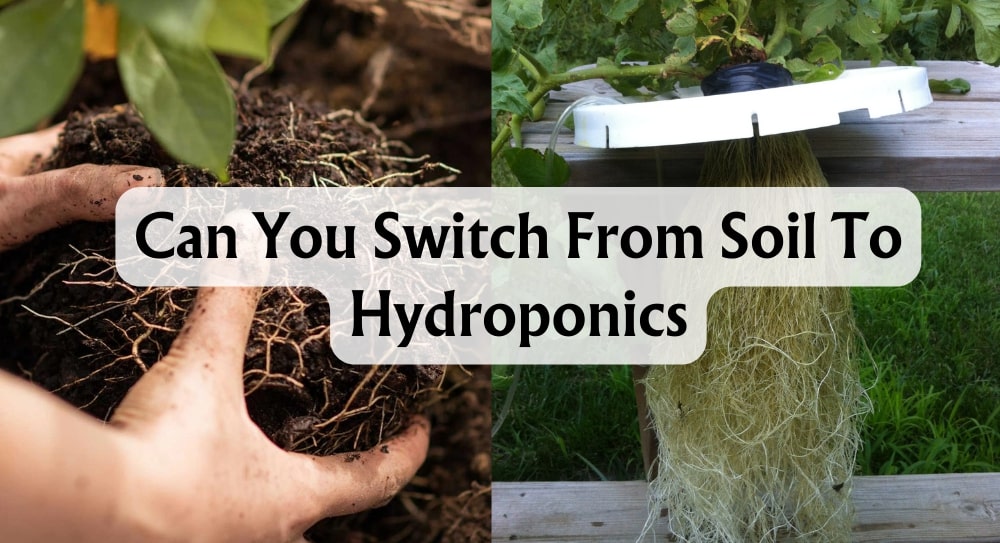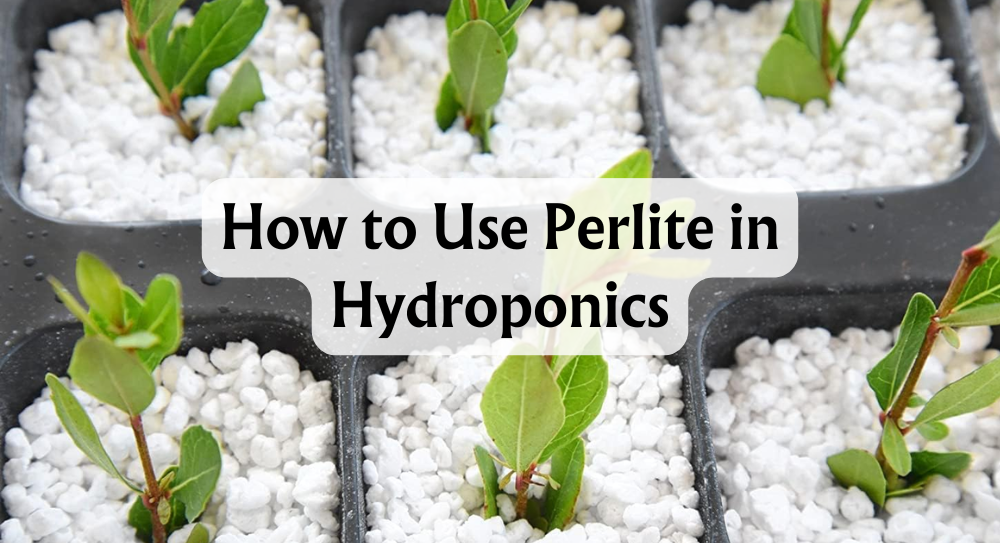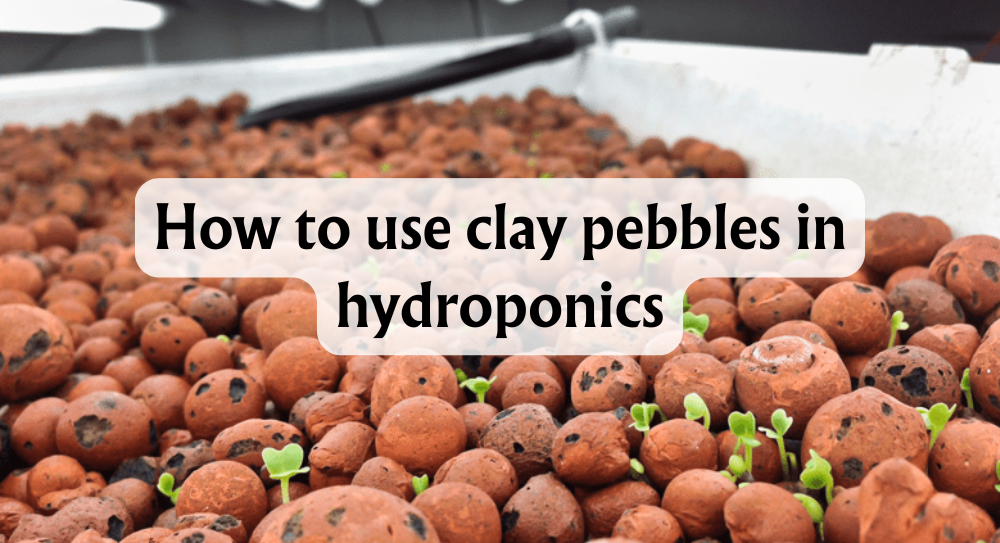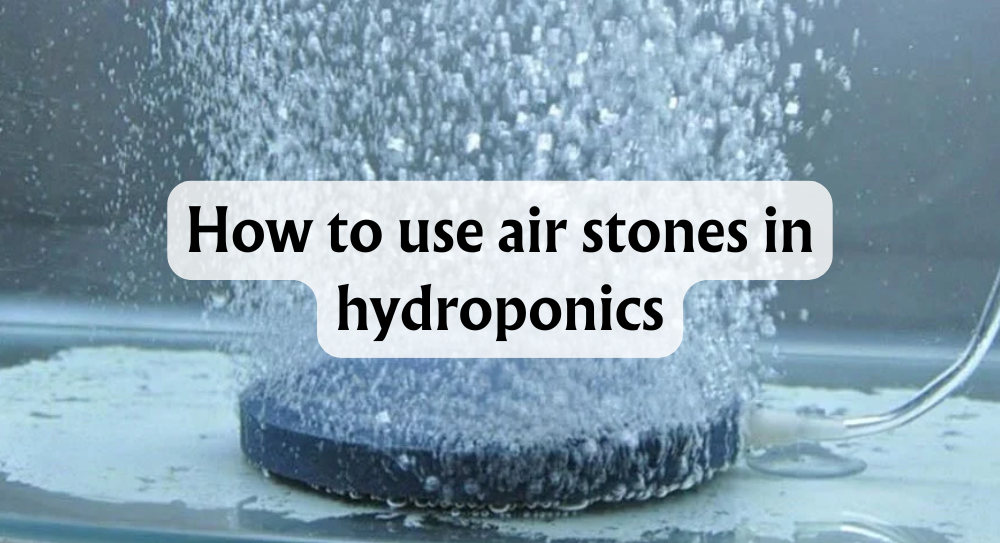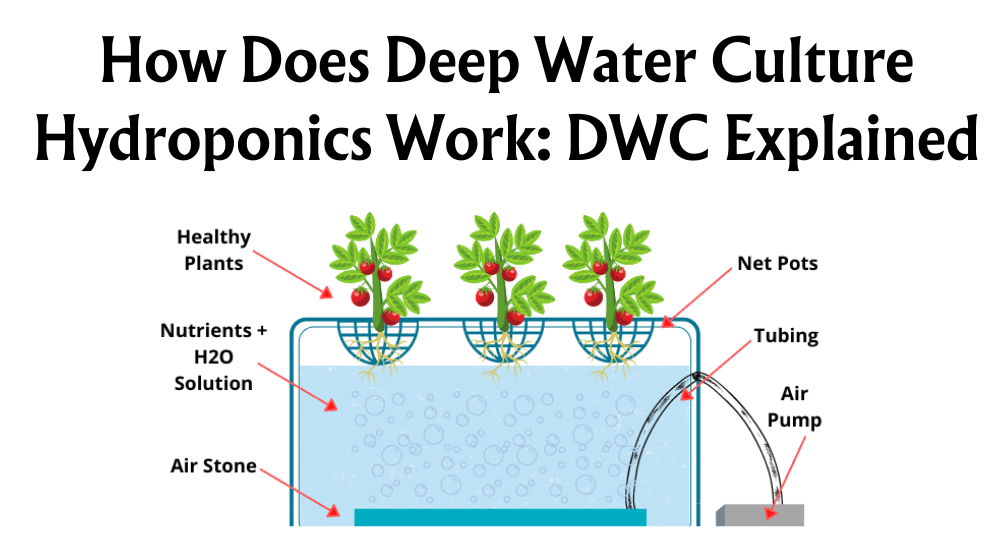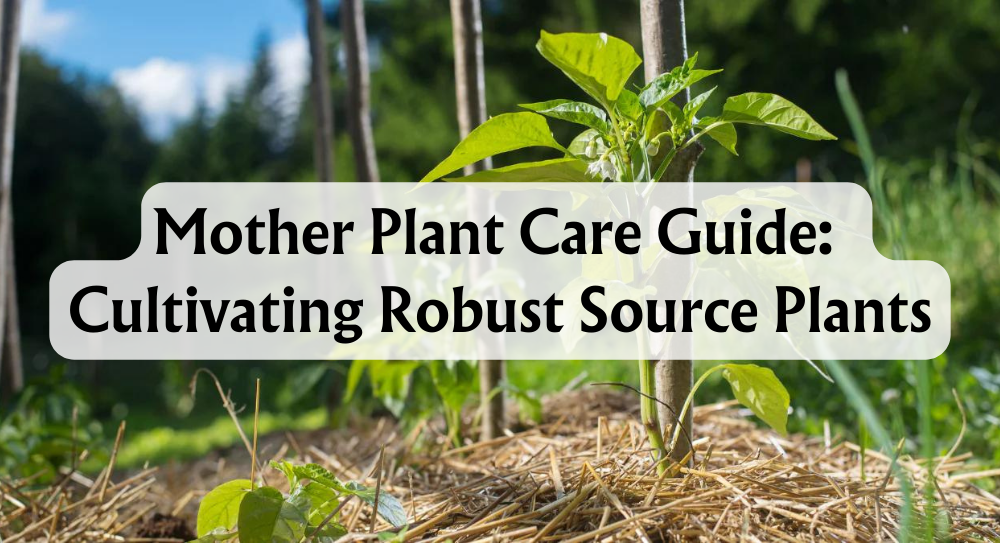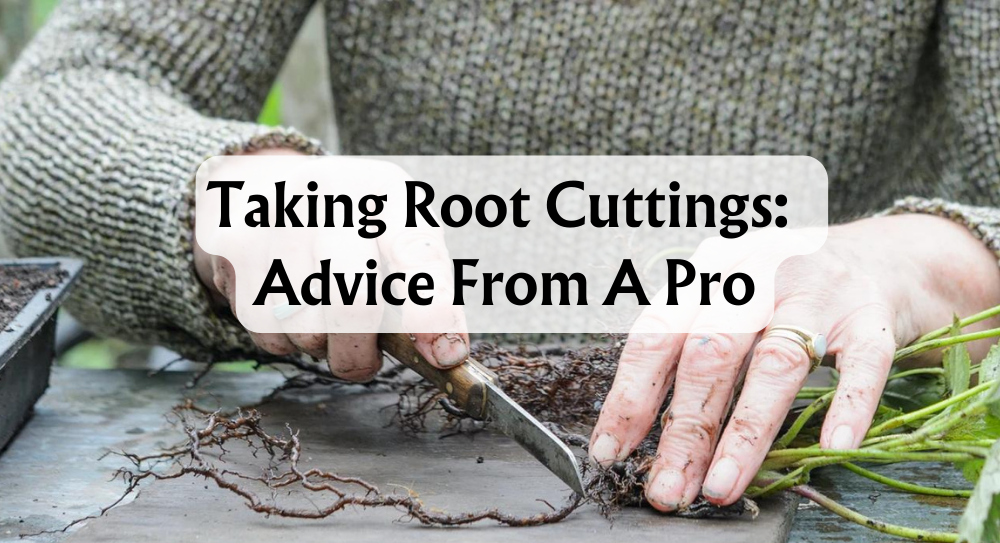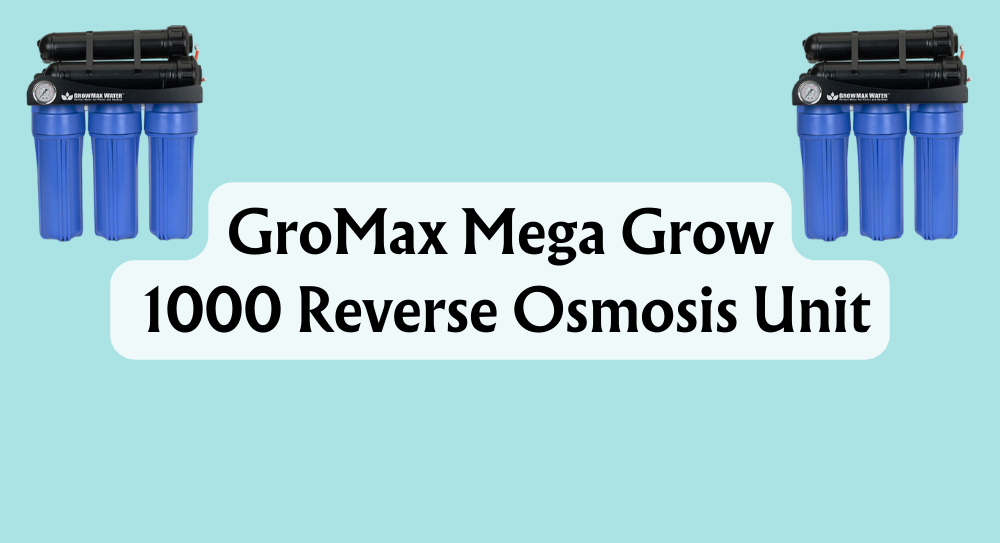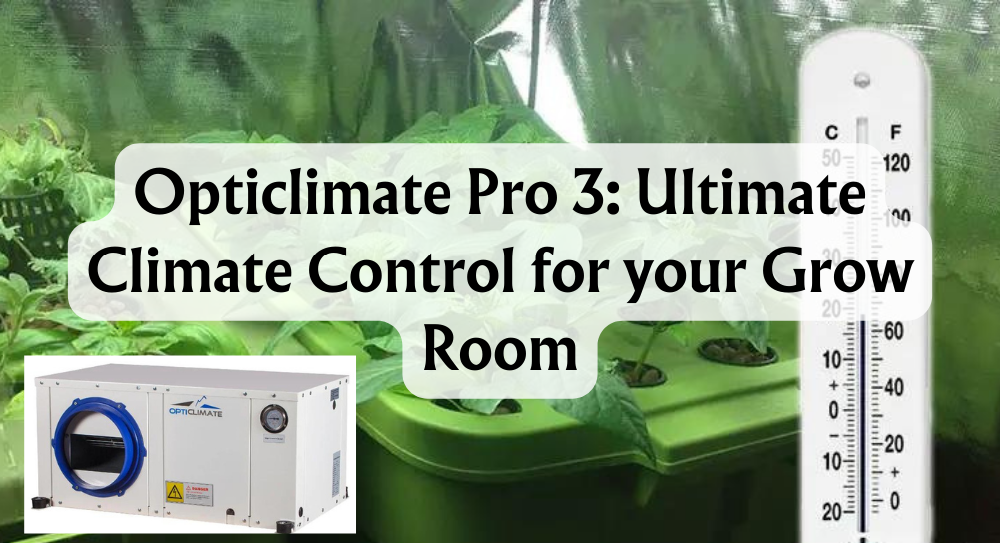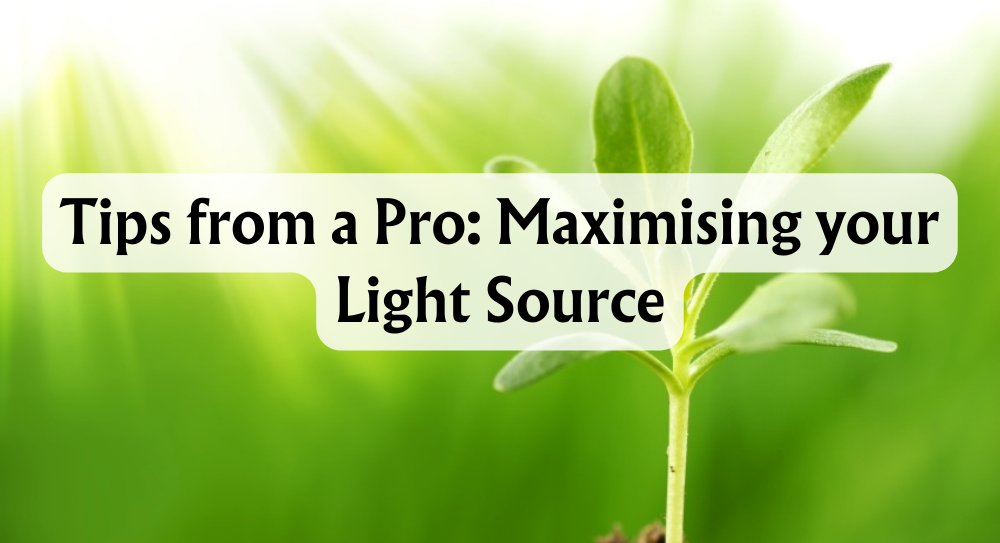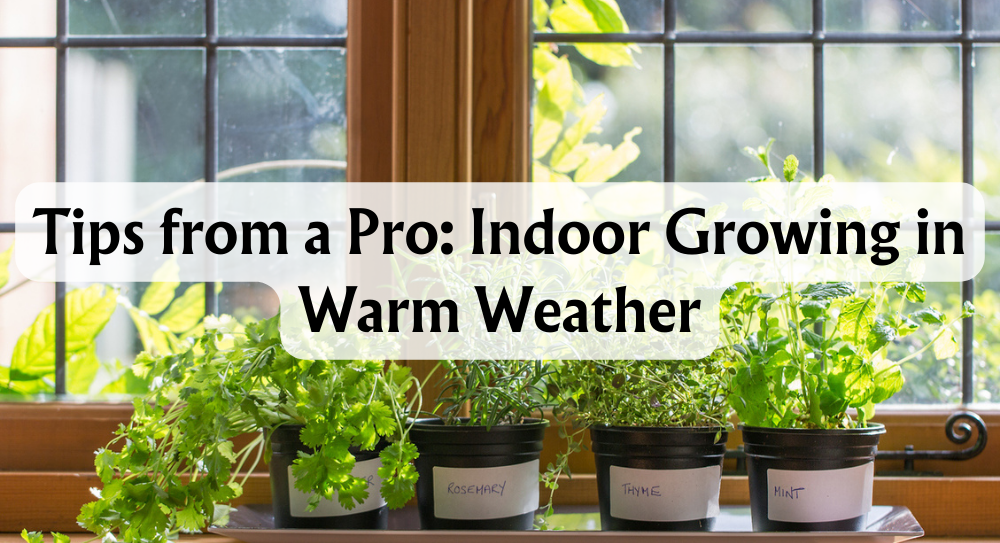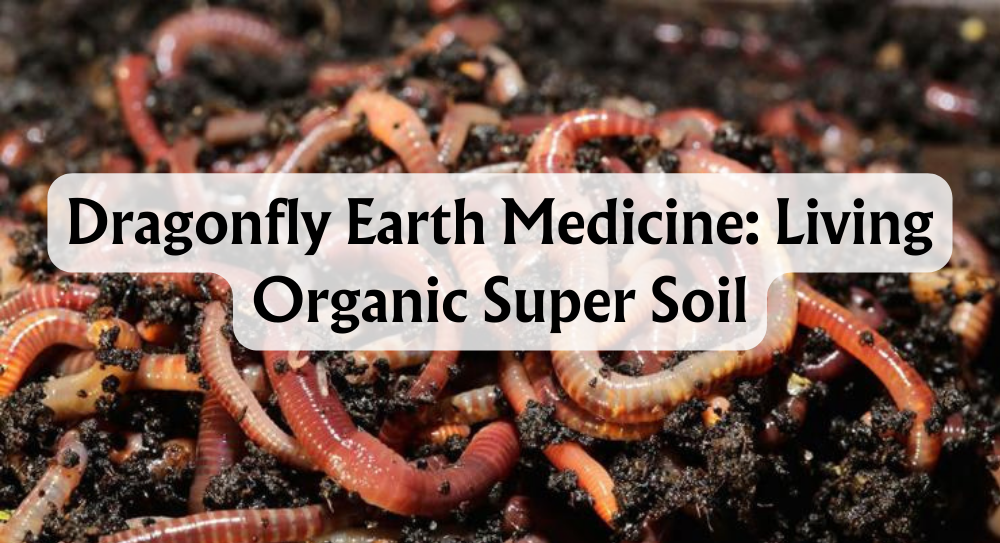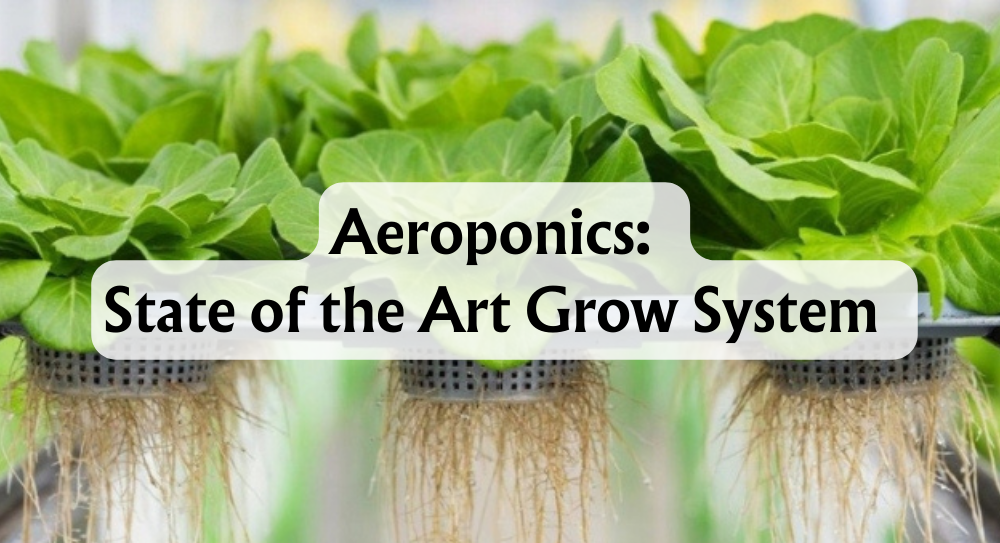Can You Switch from Soil to Hydroponics?
Imagine walking into your garden and instead of the usual rows of soil, you find plants suspended in a nutrient-rich oasis, their roots bathing in water, free from dirt. Sounds intriguing, doesn't it? That's hydroponics for you – a method of growing plants without soil, where the nutrients that plants generally get from the earth are dissolved in water. It's a space-saver, water-efficient, and can result in higher yields. But if you've been a traditional gardener, you're probably wondering whether your soil-grown plants can join the hydroponic revolution.
The good news is, that transitioning from soil to hydroponics is not just a possibility, it's a step towards embracing modern gardening methods that can be more controlled and productive. Before we dive into the hows, it's worth noting that certain plants adapt better to this change and the right materials are essential for a successful switch. Care for these newly transplanted plants will differ slightly from what you might be used to. They'll require careful monitoring and adjustment as they acclimatise to their new, soilless environment.
Key Takeaways
- Transitioning to hydroponics can significantly increase space efficiency and decrease water usage.
- Proper selection of plants and hydroponic components is crucial for successful transplantation.
- Post-transplant care involves meticulous monitoring and adjustments for plant acclimatisation.
Can You Transplant From Soil to Hydroponics?
Ever thought about giving your soil-grown plants a new hydroponic home? It's absolutely possible, but we must tread carefully! The transition from soil to a hydroponic system is a delicate one, as plants are used to the buffer that soil provides and their root systems and nutrient uptake are tuned to this medium.
First off, why yes, it is possible to transplant, but it's not a simple case of; remove the plant and plonk it in water. Our green friends need a bit of coddling to adjust. In soil, roots spread out and hunt for nutrients, but hydroponic environments serve nutrients directly, so the root systems need a different structure to thrive.
Here's a quick guide to ease the process:
-
Acclimatisation: We must introduce plants to the new hydroponic conditions gradually. It's like moving to a new city; takes a while to feel at home, right?
-
Root Washing: Gentle does it. We clean the roots to remove soil without hurting them.
-
Nutrient Matching: Match the nutrient concentration to avoid shocking the plants.
-
pH Balancing: Hydroponics needs a specific pH, usually around 5.5 to 6.5, and we need to get this just right.
-
Slow Start: Begin with a gentle nutrient solution and increase gradually.
Examples of Good Transplant Candidates:
- Lettuce
- Spinach
- Tomatoes
- Peppers
A Bit Tricky, But Not Impossible:
- Root Vegetables
- Grains
- Trees
Vegetables like lettuce and tomatoes love it, as they adapt quickly to water-based systems. However, let's not get ahead of ourselves with root veggies, grains, and trees because they're a bit more complex.
In a nutshell? Transitioning to hydroponics is doable and offers fantastic results for many plants. With patience and the right approach, we'll be growing our favourites in a soil-free garden!
Choosing Your Plant for Transplant

As a grower looking to switch your beloved plants from soil to hydro, picking the right candidate for transplant is key. Let's have a look at how to spot the cream of the crop for our hydroponic adventure.
First off, size does matter in this context. A plant that's at least 15 centimetres (6 inches) tall is what we're aiming for. Smaller plants can indeed be fiddly and may not take too kindly to the change. Plus, a well-established plant means a more developed root mass, which is beneficial when introducing it into its new hydroponic home.
Now, health is wealth, especially in the plant world. We want a plant that's the picture of vitality and does not host any unwanted visitors like diseases or pests. These mischievous invaders could wreak havoc in the hydroponic system. It’s like inviting someone with a cold into a room full of people – not ideal!
Choosing a plant that'll play nice with the type of hydroponic system we've got is another puzzle piece to fit in place. Here’s a quick rundown:
- Deep Water Culture: Leafy friends like lettuce and mint thrive here.
- Ebb and Flow Systems: Fruity numbers like strawberries and flowering champs like tomatoes and peppers love this.
Here are our golden nuggets of advice for picking a transplant buddy:
- Size it up: Ensure it stands tall at over 15 centimetres.
- Health check: Leaves should be green and gleaming, free from the clutches of disease or tiny terrors.
- Root revelation: A sturdy root system is a must – it’s the life support when switching stations.
- System synergy: Does your plant match your system? Make sure it's a good fit like strawberries to Deep Water Culture.
By following these simple tips, our plants can enjoy an easy transition to their new hydroponic container.
Choosing the Right Components
When transferring soil plants to hydroponics, acquiring the equipment you need is crucial to ensure that our plants thrive. It's all about creating the ideal conditions for them to grow without soil, using water and nutrients instead.
Hydroponic System
There are several types of hydroponic systems we can choose from, each with its own set of advantages. Whether we opt for a Deep Water Culture (DWC), Nutrient Film Technique (NFT), Ebb and Flow, Drip system, Aeroponics, or a Wick system, it depends on our plant type and available space. For instance, strawberries often flourish in an NFT system where they receive a continuous flow of nutrients.
Growing Medium
Our plants will need a reliable growing medium that facilitates proper drainage and aeration. The choices are plentiful: perlite, vermiculite, coco coir, Rockwool, or hydroton (clay pebbles). These media ensure that our plant's roots are well-supported and the transition from soil is smooth.
Nutrient Solution
A balanced nutrient solution is the lifeblood of hydroponic gardening. We must ensure the solution is pH balanced, usually between 5.5 and 6.5, to encourage optimal nutrient uptake. The Electrical Conductivity (EC) should also be adjusted according to the growth stage and type of plant. For example, leafy greens may need a different nutrient concentration compared to fruiting plants like strawberries.
Lighting and Environment
The right lighting is vital. Grow lights come in various spectrums and intensities, tailored to different stages of plant growth. We should ensure our plants receive adequate light without overheating. Additionally, maintaining a controlled environment with appropriate humidity and temperature encourages healthy growth and enhances nutrient uptake.
Remember, hydroponic gardening is all about precision and balance. Every piece of equipment needs to be carefully selected to meet our strawberries' or any other plant’s specific needs. By getting these components right, we create a harmonious setup that leads to lush, fruitful growth.
Early Care for Transplanted Plants
After giving our plants a snug life in soil, moving them into a water-based environment is quite the leap. Let's make sure we do everything we can to help them adjust during these critical early stages.
Water Management:
- Start by reducing their water and feed a bit before the big move. Let's not shock the poor things; a slightly drier soil makes the transition less drastic.
- Once they're in the new system, keep a close eye on hydration. We don't want to drown them in enthusiasm, right?
Nutrition & pH Levels:
- It’s crucial to maintain a balanced diet for our leafy friends. Match the nutrient levels they were used to, and gradually introduce them to the hydroponic nutrient solution.
- The pH level is like the mood for plants: keep it sweet, around 5.5 to 6.5, to see a smooth adjustment.
Temperature & Acclimation:
- Our plants fancy a warm, humid spot after their move. It’s like sending them on a tropical holiday to acclimate. Why not pop them in a greenhouse or under a plastic cover to set the mood?
- We're aiming for a cosy 18-22°C (65-72°F). Trust us; it's the perfect temp for our green mates.
Avoiding Plant Shock:
- Sudden changes are a no-no. It's all about the gentle transition, so they hardly notice the difference. Temperatures, nutrition, and light – let’s tweak them slowly.
- Keep the pests at bay with a natural approach. Nothing ruins a good start like an uninvited guest, and chemicals are quite the party poopers in our clean hydro setup.
By handling these early days with care, we set our plants up for a thriving hydroponic future.
How to Transplant From Soil to Hydroponics
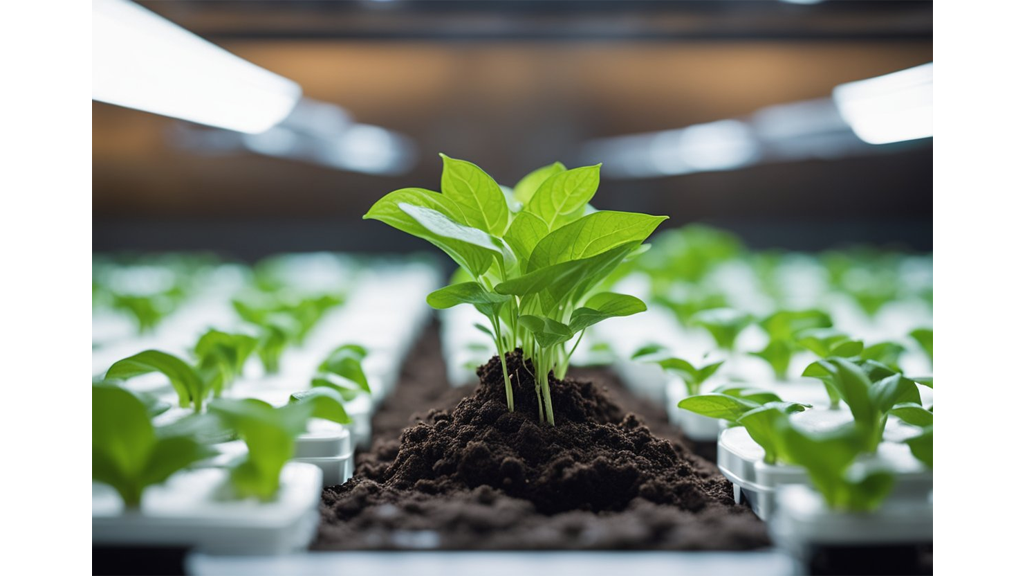
When we decide to transition plants from soil to a hydroponic system, it's crucial to do it with care to prevent shock to the plants. Let's walk through a step-by-step guide to transplanting from soil.
Remove Plant and Clean
Step 1: Choose your plant Firstly, we need a healthy plant that stands at least 15 cm (6 inches) tall. Check for signs of robust growth— this chap is about to go on quite the journey!
Step 2: Carefully lift the plant and clean the roots Gently remove the plant from the soil, taking extra care not to damage the root system. Once free, let's give the roots a gentle but thorough rinse to remove any clinging soil. This step is crucial to prevent unwanted soil remnants from contaminating our hydroponic setup.
Rehoming The Plant
Step 3: Prepare your new home We need a suitable container or net pot and a calm and collected disposition. Fill the container with a sterile growing medium. Be sure to support the plant's roots and stem without overcrowding.
Step 4: Secure the plant Now, we need to put the plant into your hydroponic growing medium, ensuring the roots are well covered. We're looking for a snug fit, so the fellow doesn't wobble around.
Fill Your Reservoir
Step 5: Prep the water and nutrients It's time to fill your reservoir with water and the nutrient solution. We're going to be mixing those nutrients to closely match what the plant has been used to—no nasty shocks here!
Step 6: Balance the pH We'll grab our pH testing kit and adjust the water to the ideal level for our green buddies. Remember, each plant genus has its sweet spot.
By sticking with these specific steps and monitoring the initial adjustment carefully, we can help our plants not just survive, but thrive in their new hydroponic environment.
Ensuring Successful Transplantation
We're on a quest for greener pastures—or should we say, waterier waves? When we switch our plants from soil to hydroponics, we're aiming for success without the rude awakening of transplant shock. So, how do we wade through this process smoothly and ensure our plants are on to a better experience?
Step One: Tender Loving Preparation We start off by gently washing away the soil from the plant's roots. Get all the dirt off around the roots before they settle into their new watery home. But keep it gentle – we don't want to ruffle their roots!
- Use lukewarm water
- Be delicate
Step Two: Hello, Hydroponics Now, we'll introduce our plants to their new abode. A hydroponic system filled with a nutrient solution tailored just for them awaits. We've matched the nutrients as closely as possible to avoid any drastic, unwanted surprises.
- pH balanced water
- Nutrient-rich solution
Step Three: Continuous TLC Our job isn’t over yet! We need to monitor and adjust to support our plants. This means keeping an eye on the pH and nutrient levels—think of it as being a plant parent checking in on your leafy kids.
- Monitor pH and nutrients daily
- Adjust as needed
By following these steps, we're setting up our green buddies for a higher shot at punchier productivity and possibly higher yields. Remember, every plant is unique, and they'll let us know how they’re feeling.
Troubleshooting Common Issues
When we switch from soil-based gardening to hydroponics, a few hiccups along the way are pretty normal, aren't they? But fear not, as tackling these challenges can be straightforward with a spot of know-how. Let’s dive into the most common issues you might face and get them sorted.
Dealing With Pests and Diseases
Pests and diseases can be a real nuisance, can't they? Our plants' foliage can be a playground for these unwelcome guests, especially when we transition from soil to hydroponics. Here's what we can do:
- Monitor closely: Catching them early makes all the difference. Regularly inspect your plants for signs of trouble.
- Hygiene is key: Keep your hydroponic system spick and span to discourage pests and diseases.
- Natural predators: Introduce beneficial insects that prey on pests – it's like having your own garden security team!
Managing pH and Nutrient Levels
Getting the pH and nutrient levels right is essential for our plants to flourish. Unlike soil, hydroponics doesn't buffer nutrients, so we need to be extra vigilant.
- Regular testing: Test that water regularly – aim for a pH between 5.5 and 6.5 for most plants.
- Adjust as necessary: If the levels are off, don't panic. Use pH adjusters and carefully measure your fertilizers to get back on track.
Root Rot and Water Problems
Ah, root rot – the soggy spectre of hydroponics. Without proper water management, our plants' roots can suffer. Don't let water usage cause you grief; here’s what we can do:
- Aerate: Oxygenate the water to keep those roots happy and prevent rot.
- Clean water only: Make sure to use clean water and monitor for signs of rot, like discoloured or slimy roots.
Remember, while the absence of soil might seem like a big leap, most issues in hydroponics can be managed with a little observation and some timely care. Keep a close eye, and you'll see your hydroponic garden thrive.
Conclusion
In our journey, we've explored why transitioning to hydroponics is an astute choice for many of us seeking sustainable farming practices and higher yields. Let's quickly recap the high points:
- Hydroponics can dramatically increase productivity. With nutrient-rich solutions delivered straight to the roots, plants don't waste energy searching for food—this energy is instead directed to growth.
- Implementing sustainable practices is easier with hydroponics; it utilises water efficiently and can also be combined with renewable energy sources.
- We gain the ability to control environmental factors more precisely, fostering optimal growth conditions and healthier, more robust plants.
Of course, there's no one-size-fits-all approach to growing, and while hydroponics offers numerous benefits, it may not be suitable for every type of plant or for every one of us. But, for those who embrace this method, the rewards can be substantial in terms of both productivity and long-term success.
Remember, patience and persistence are your allies. Not every plant will adjust smoothly, and there will be a learning curve. But with our tips and a bit of trial and error, we can refine our technique and enjoy the fruits (or veggies!) of our labour. And, who knows, we might just find ourselves at the forefront of a gardening revolution.







 Store Locator
Store Locator
